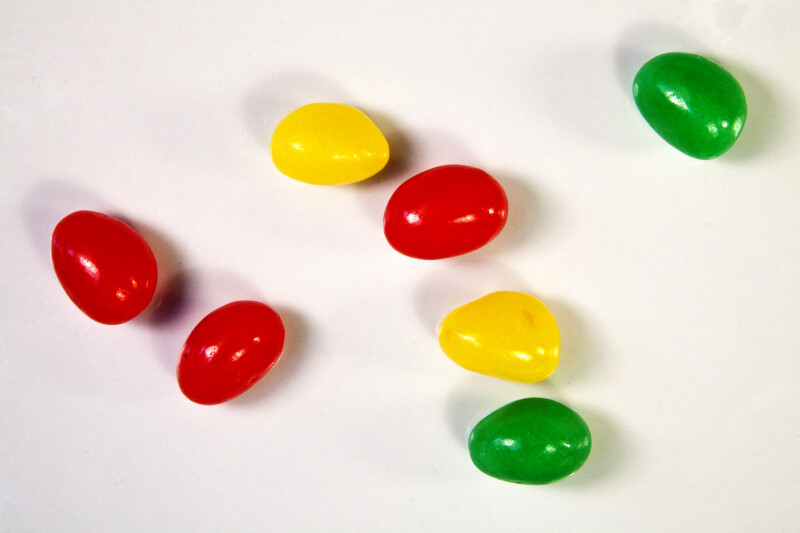It is a shame that this book will always be imaginary, since a study of our family would make fascinating reading, but I resolved that some of our more creative solutions to big family problems would not go entirely undocumented, and thus conceived this blog series. I have no idea how many posts it will be, since I'm likely to remember more idiosyncrasies as I write, but I'm looking forward to writing about this topic, and will try to get a post done every week or so.
Part One: Defining the terms
Before we jump into the actual list of idiosyncrasies in the following weeks, I wanted to explain two things:
1. What is a large family?
2. What do I mean by idiosyncrasy?
So, defining a "big" family is quite controversial, fraught with cultural and historical implications, not to mention the competition with that other family you know who has one more kid than your family, and flaunts their own "big family" status in your face, while belittling yours. (Or, of course, that family who has one fewer children than your own, whom you patronize with such terms as "cute", "little", "diminutive", or other synonyms for "small" with even more syllables.)*
*BOTH OF THESE ARE HYPOTHETICAL SCENARIOS, WHICH HAVE NO BEARING ON MY ACTUAL EXPERIENCES
Thankfully, however, I have a definition to proffer, grounded firmly on mathematical principles, which ought to lay the whole question to rest once and for all. I call it "The Counting Test", and it is easily illustrated with jellybeans:
Exhibit A
One can see at a glance that there are three jelly beans in this picture. There is no conscious counting, the eye takes it in instantaneously. Contrast that with the picture below:
Exhibit B
There are seven jelly beans here, but it is not so immediately obvious. One must move the eyes across the picture slowly, breaking the number of jelly beans into smaller sets and adding them together, or counting them individually. Any group of more than six objects must be counted this way, unless they are carefully laid out in a grid, so that they can be multiplied. Since people do not form themselves into grids, it follows that they must be counted. Indeed, children are even more difficult to count than jelly beans, since they tend to move around.
Using this test, it is quite evident: Large Family = 7 or more people = 2 parents + 5 or more children
I doubt any further arguments could be made against such clear evidence, but I might just point out that this definition also fits nicely with the "Two Parents, Four Hands" test, which, briefly stated, postulates that since each parent has two hands, they can manage up to four children on their own, without any of them being in danger of getting run over, while as soon as the number reaches five they must enlist the help of older siblings, and will start eliciting comments from strangers, i.e. "You've got your hands full", "You must be Catholic", "Do you know the Duggars?", etc., etc.
With that question out of the way, we can turn to defining the term "idiosyncrasies"—restating the idea using words with less than six syllables. The New Oxford American Dictionary explains it thus:
- a mode of behavior or way of thought peculiar to an individual
- a distinctive or peculiar feature or characteristic of a place or thing
Which means we'll be talking about how big families behave, how they think, and what is distinctive about them. Be prepared to find us peculiar!


I'm looking forward to this... :)
ReplyDeleteYes! I also wonder where you got the jellybeans and did you share equally with Jesse and set limits for yourselves or did you eat all the red ones befor he got home. Hmmm. Mom ;)
ReplyDeleteSince they are only internet-jellybeans, if I eat them they will disappear off the blog post and then my whole explanation will make no sense.
DeleteYou make things so clear. Haha I've always wondered how to define a big family. ;)
ReplyDeletewaiting impatiently for blog post 2.
ReplyDeleteMe too! !
ReplyDeleteI love this. Thanks for writing a blog. Jan Jackson
ReplyDelete